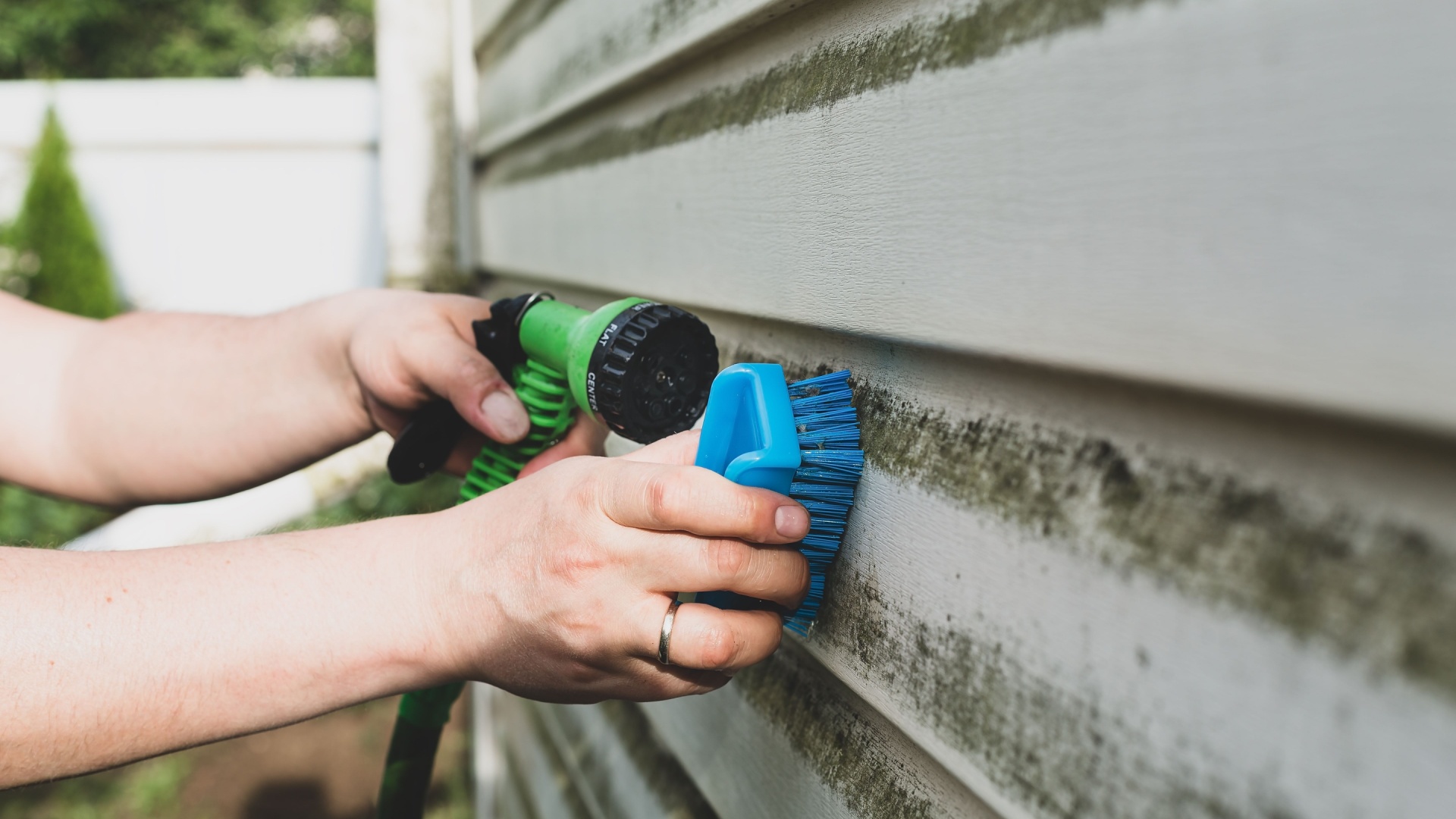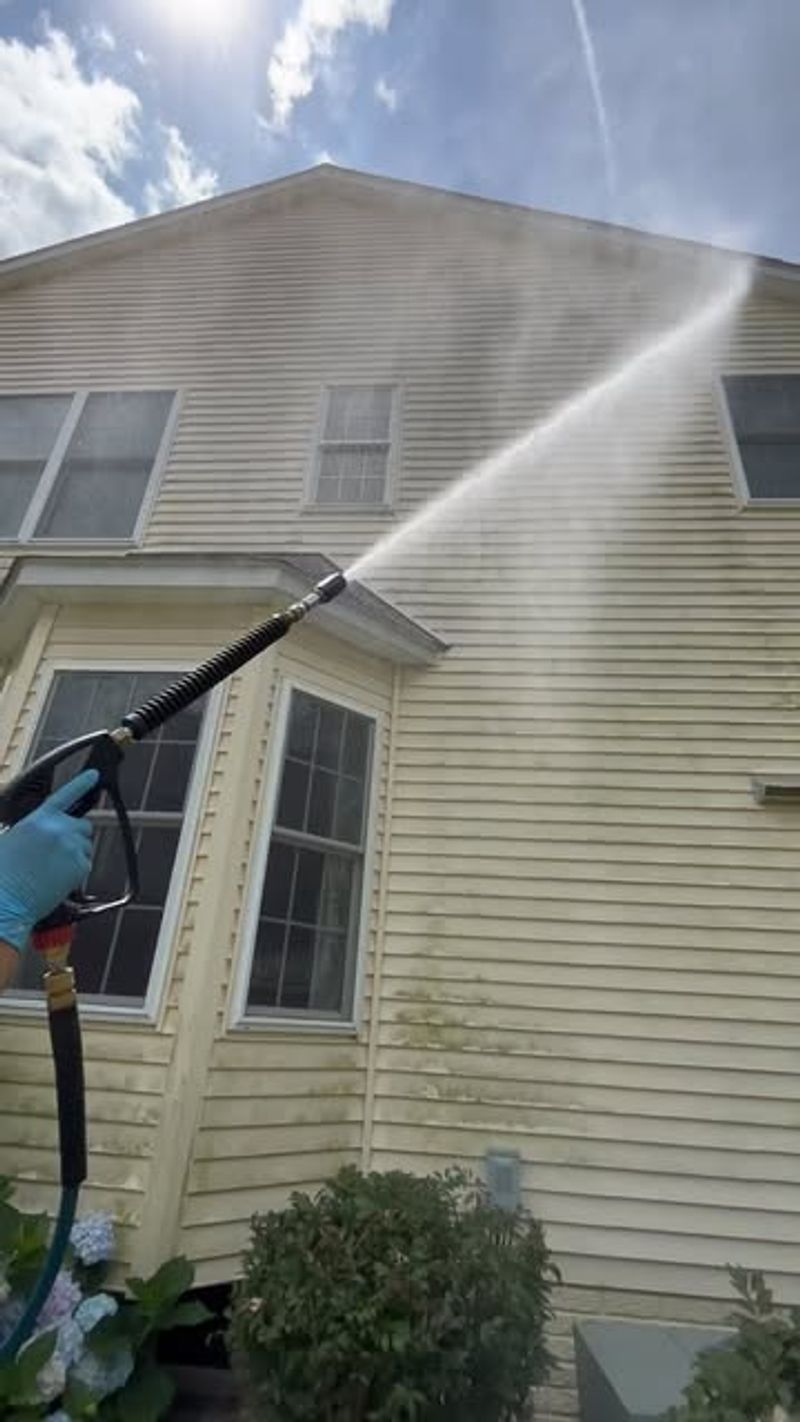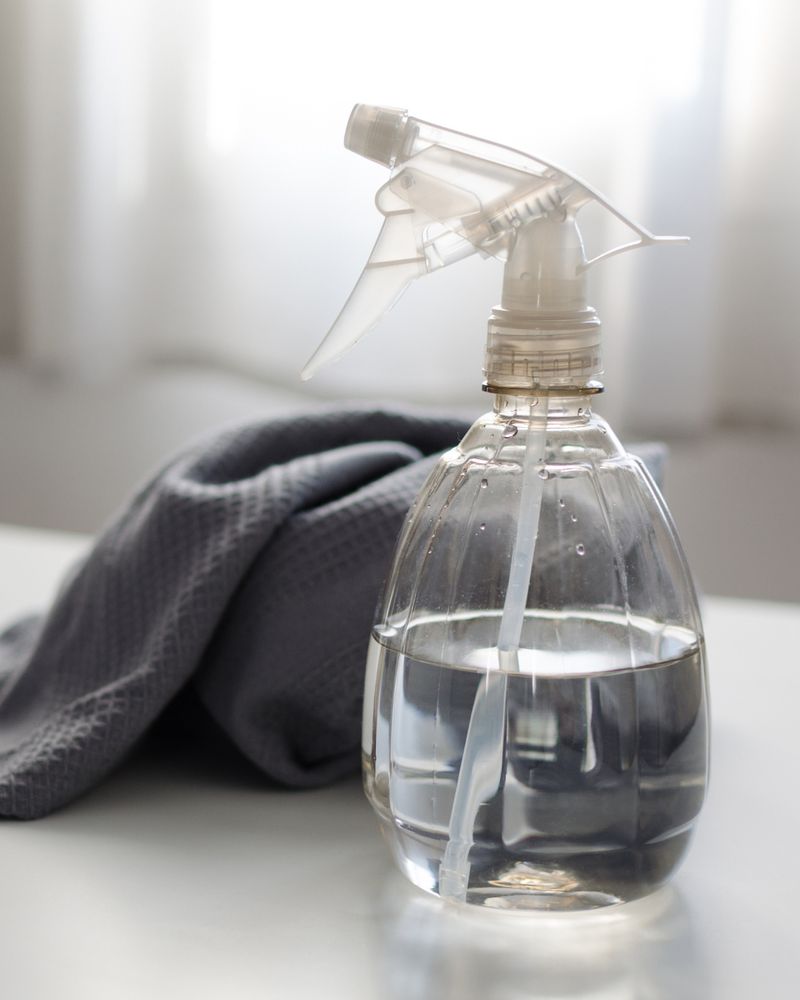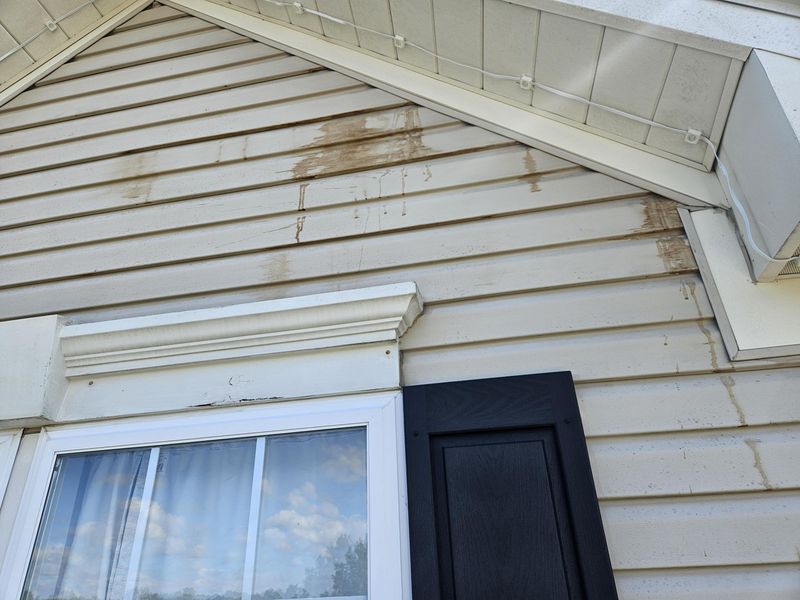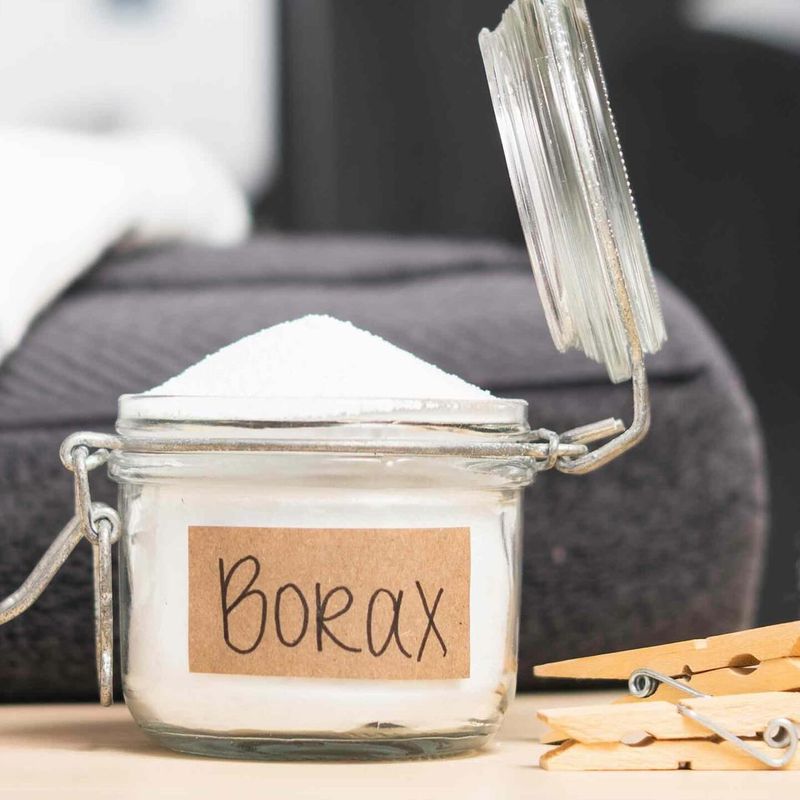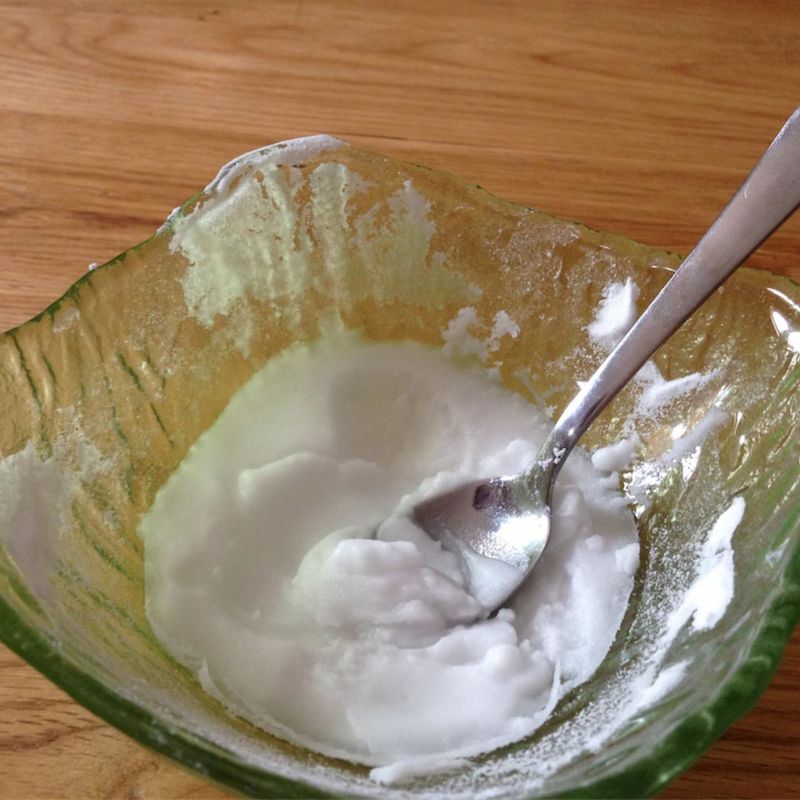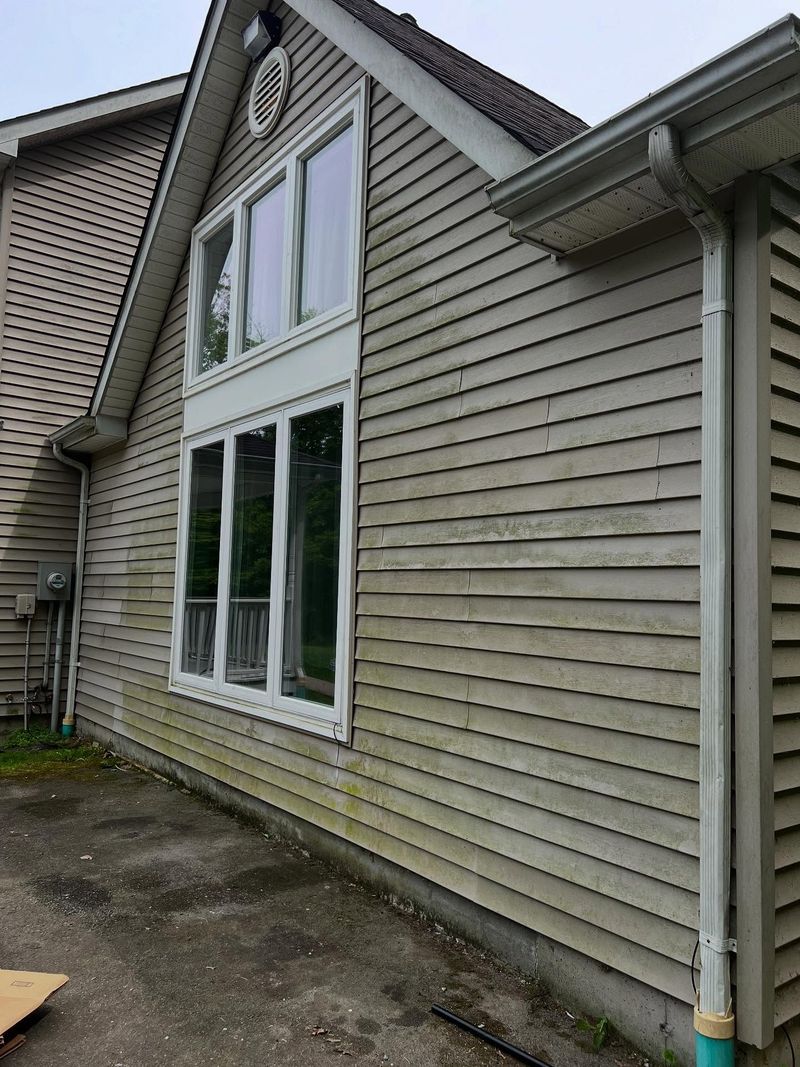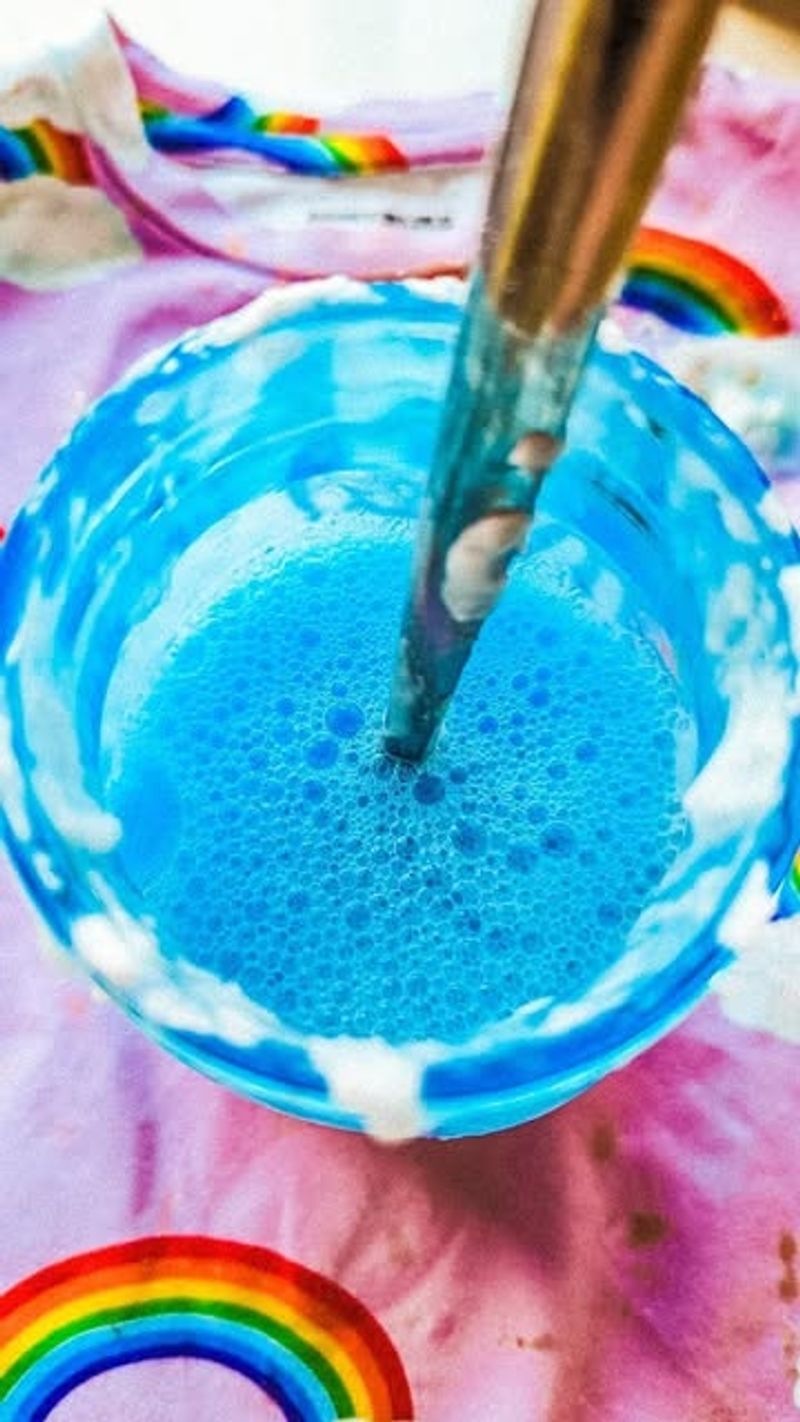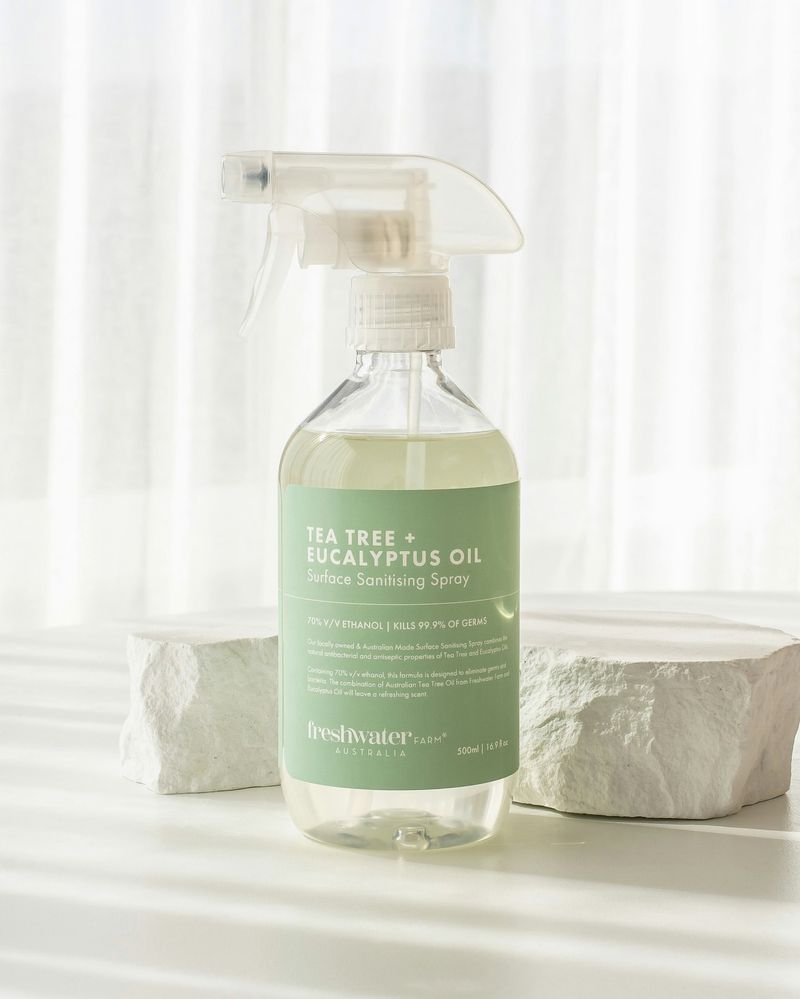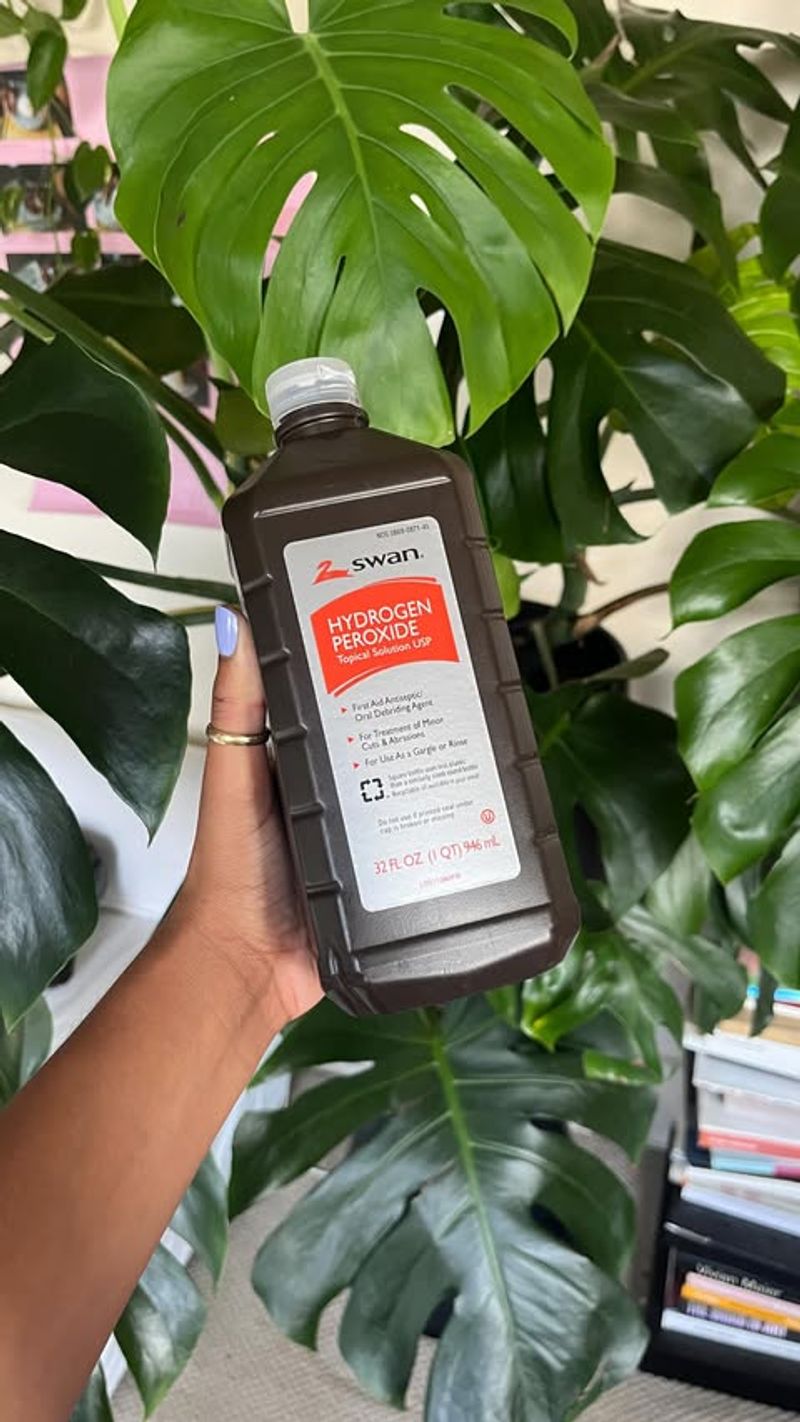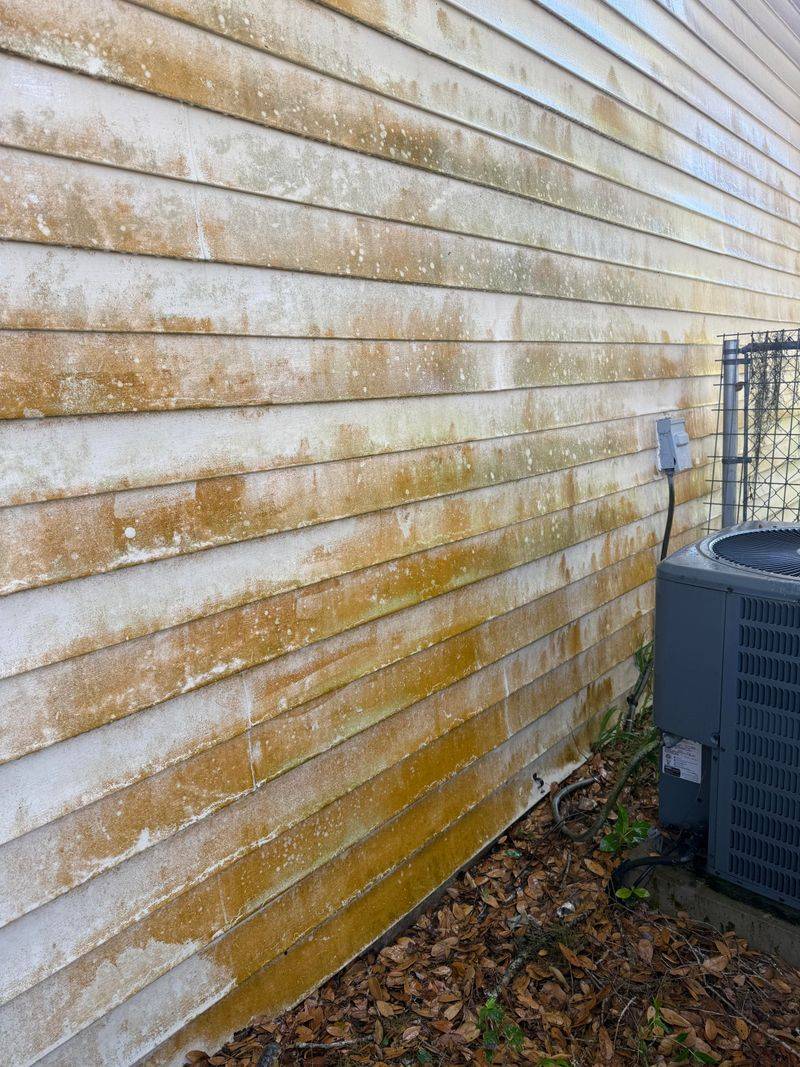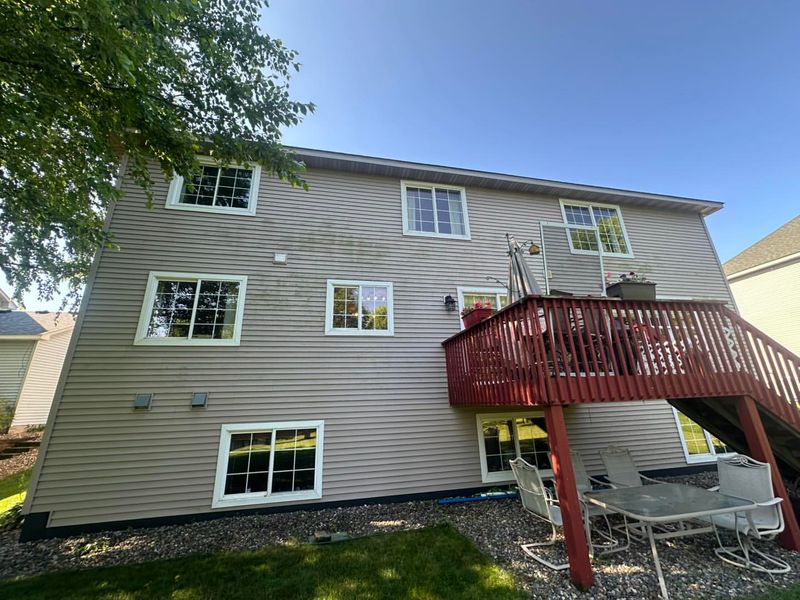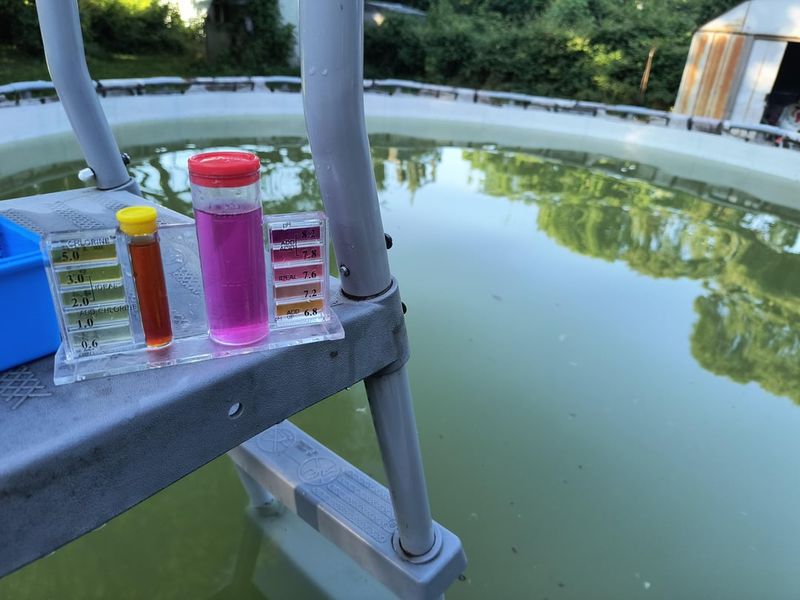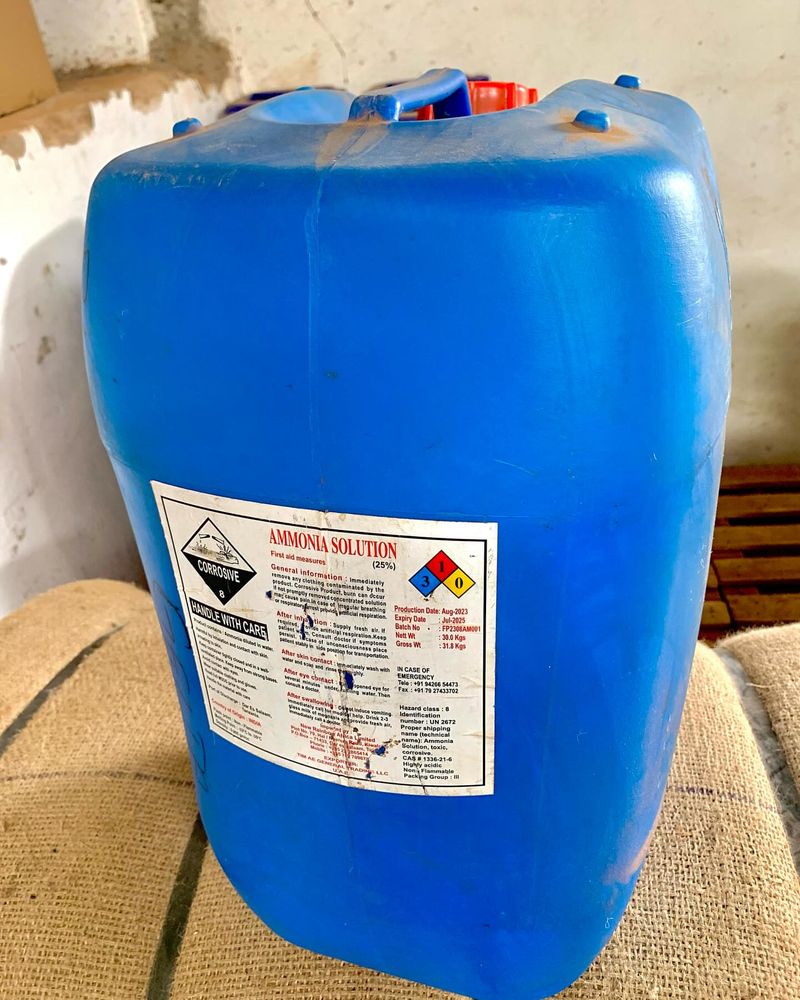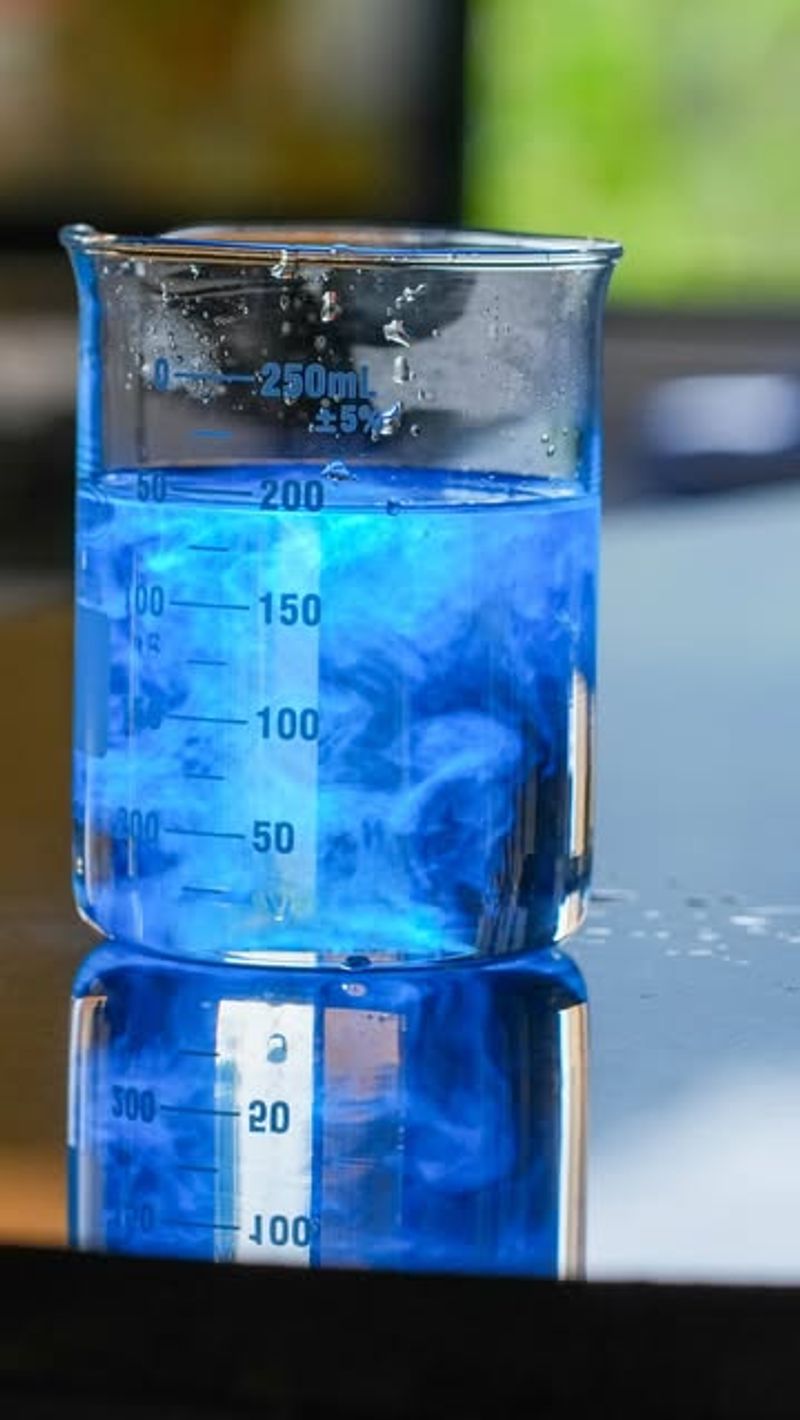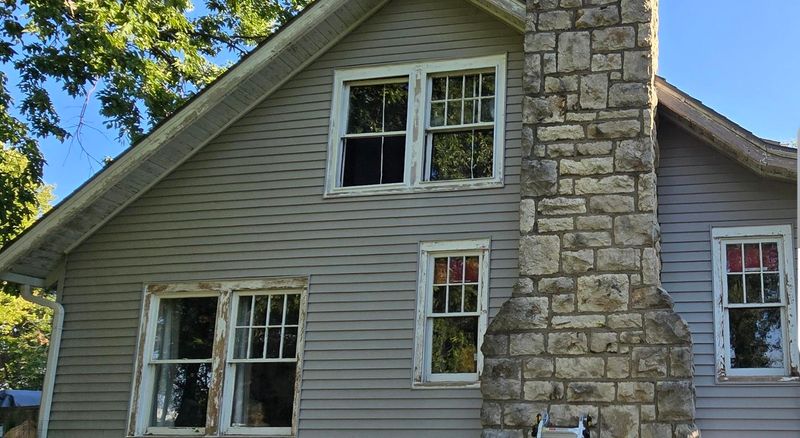Green, slimy algae growing on your home’s siding isn’t just an eyesore—it can actually damage your property over time. When moisture gets trapped beneath these organisms, it can lead to rot, deterioration, and expensive repairs.
Thankfully, you don’t need to be a cleaning expert or spend a fortune to restore your home’s appearance with these simple solutions.
1. Pressure Washer Magic
Nothing beats the satisfying spray of a pressure washer blasting away years of algae buildup. Just set the machine to a medium pressure setting to avoid damaging your siding.
Start from the bottom and work your way up, keeping the nozzle at least 12 inches from the surface. The powerful stream will lift away grime without scrubbing or chemicals, making this one of the fastest cleaning methods available.
2. Vinegar Spray Solution
Raid your pantry for this eco-friendly cleaner! Mix equal parts white vinegar and water in a spray bottle for an effective algae-fighting solution.
The acidity breaks down the algae’s structure, making it easier to remove. Spray generously on affected areas, let sit for 15-20 minutes, then scrub with a soft brush and rinse thoroughly. Your wallet and the environment will thank you for this natural alternative.
3. Oxygen Bleach Wonder
Unlike harsh chlorine bleach, oxygen bleach (like OxiClean) is gentle on your siding but tough on algae. Mix according to package directions in a garden sprayer for easy application.
Spray on a cloudy day to prevent premature drying, and let the solution work its magic for 15 minutes. A quick rinse reveals dramatically cleaner siding without damaging surrounding plants or grass. Perfect for larger areas with significant algae growth.
4. Borax Scrub Treatment
Grandma’s laundry booster doubles as a powerful algae destroyer! Mix 1 cup of borax with 1 gallon of warm water, stirring until completely dissolved.
Apply the solution with a soft brush, gently scrubbing in circular motions. The natural mineral compound disrupts algae at a cellular level while being safer than many commercial products. Let it sit for 10 minutes before rinsing with clean water for impressively clean results.
5. Baking Soda Paste
For stubborn algae spots, try this powerful paste. Mix baking soda with just enough water to create a thick, spreadable consistency.
Apply directly to problem areas and gently scrub with a soft-bristled brush. The mild abrasive quality helps lift the algae while being gentle on your siding. Works especially well on textured surfaces where algae likes to hide in tiny crevices. Rinse thoroughly after scrubbing.
6. Trisodium Phosphate (TSP) Solution
When dealing with severe algae infestations, TSP delivers professional-grade results. Mix ¼ cup TSP with 1 gallon of warm water, wearing gloves and eye protection during preparation and application.
Apply with a soft brush or garden sprayer, working in small sections. The powerful cleaner breaks down even the most stubborn algae colonies. Always rinse thoroughly and keep pets and plants away during application. A little goes a long way!
7. Dawn Dish Soap Mixture
The same soap that cleans your dishes can tackle your algae problem! Mix 2 tablespoons of blue Dawn dish soap with 1 gallon of warm water.
Apply with a garden sprayer or soft brush, letting it sit for 10-15 minutes to break down the algae’s greasy film. The gentle degreasing agents penetrate and loosen algae’s grip on your siding. Rinse thoroughly to prevent soap residue that might attract dirt later.
8. Tea Tree Oil Spray
Harness the power of natural antifungal properties with this essential oil solution. Add 20-30 drops of tea tree oil to 1 quart of water in a spray bottle, shaking well before each use.
Spray directly onto algae-affected areas, allowing it to penetrate for 15-20 minutes. The strong antimicrobial qualities not only remove existing algae but help prevent regrowth. The pleasant scent is a bonus compared to harsher chemical cleaners!
9. Hydrogen Peroxide Treatment
Your medicine cabinet holds a secret weapon against algae! Mix equal parts 3% hydrogen peroxide and water in a spray bottle for an effective, non-toxic solution.
Spray liberally on algae-covered areas and watch as it begins to bubble and foam, breaking down the organic matter. The oxidizing properties destroy algae cells while converting to water and oxygen, making it environmentally friendly. No scrubbing needed for light infestations!
10. Lemon Juice Brightener
Fresh lemon juice acts as a natural bleaching agent and algae killer. Mix 1 cup of lemon juice with 1 gallon of warm water for a citrus-powered cleaning solution.
The high acidity breaks down algae while brightening dingy siding. Apply with a soft brush or sprayer, working in small sections on a cloudy day. The fresh scent is an added bonus, leaving your home smelling clean without harsh chemical odors.
11. Salt and Vinegar Scrub
More than just a tasty potato chip flavor, this combination makes a powerful algae remover! Mix 1 cup of salt with 2 cups of white vinegar to create a paste-like consistency.
Apply directly to algae spots and gently scrub with a brush. The salt provides gentle abrasion while vinegar’s acidity breaks down the algae structure. This works especially well on textured siding where algae hides in small grooves and crevices.
12. Commercial Algae Remover
When time is limited, reach for specialized products designed specifically for algae removal. Brands like Wet & Forget or Mold Armor offer spray-and-forget solutions that work over time.
Simply attach to your garden hose and spray evenly across affected areas. The specialized formulas continue working for weeks or months, breaking down algae gradually with rainfall. Perfect for those hard-to-reach areas on second stories or steep rooflines.
13. Pool Chlorine Dilution
Leftover pool supplies can find new purpose in your algae battle! Dilute 1 part liquid pool chlorine with 10 parts water in a garden sprayer, wearing protective gear during mixing and application.
Apply to algae-covered areas on a cloudy day to prevent rapid evaporation. The powerful sanitizing properties quickly kill algae spores. Cover nearby plants with plastic sheeting and rinse thoroughly after 10 minutes to prevent damage to landscaping.
14. Ammonia Solution
Household ammonia creates an alkaline environment where algae cannot survive. Mix ½ cup of clear ammonia with 1 gallon of water, ensuring proper ventilation during preparation and use.
Apply with a garden sprayer or soft brush, working from bottom to top. Never mix with bleach or other cleaners! The solution penetrates deep into porous surfaces, killing algae at the root. Rinse thoroughly after 15 minutes for dramatically cleaner siding.
15. Copper Sulfate Spray
Gardeners have long used copper sulfate to control algae in ponds, and it works just as well on siding! Dissolve 1 tablespoon of copper sulfate crystals in 1 gallon of warm water.
Apply with a garden sprayer, keeping the solution away from plants and metal fixtures to prevent staining. The copper ions disrupt algae cell functions, effectively killing existing growth and preventing return. Best used on severe infestations where other methods have failed.
16. Preventative Algae-Resistant Paint
After cleaning, consider repainting with specialized algae-resistant exterior paint. These formulations contain antimicrobial additives that inhibit algae growth for years.
Properly prep surfaces by removing all traces of existing algae first. Though more expensive than standard paint, the long-term protection saves countless hours of cleaning and maintenance. Most major paint brands now offer these specialized formulations in various colors and finishes.

